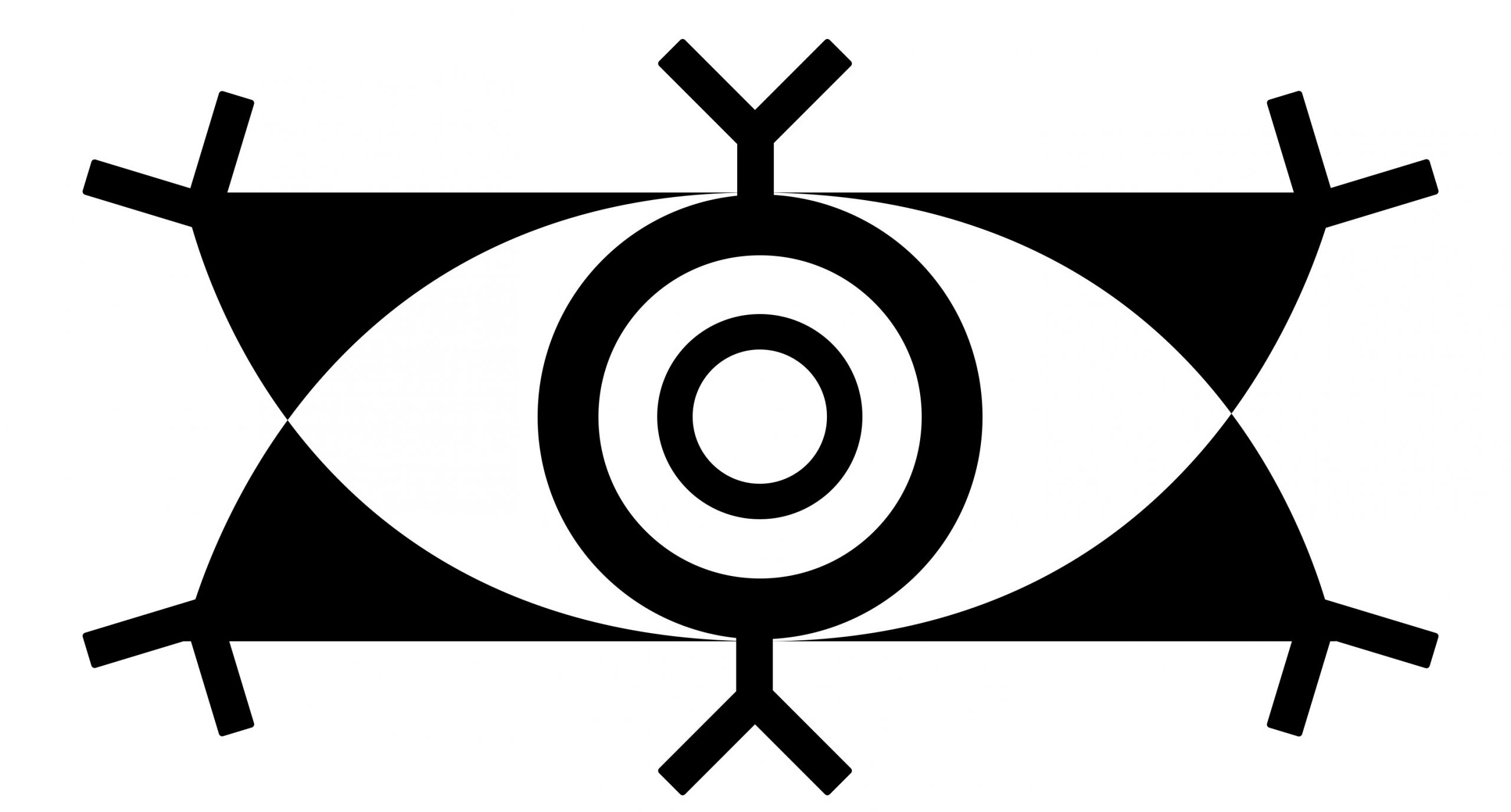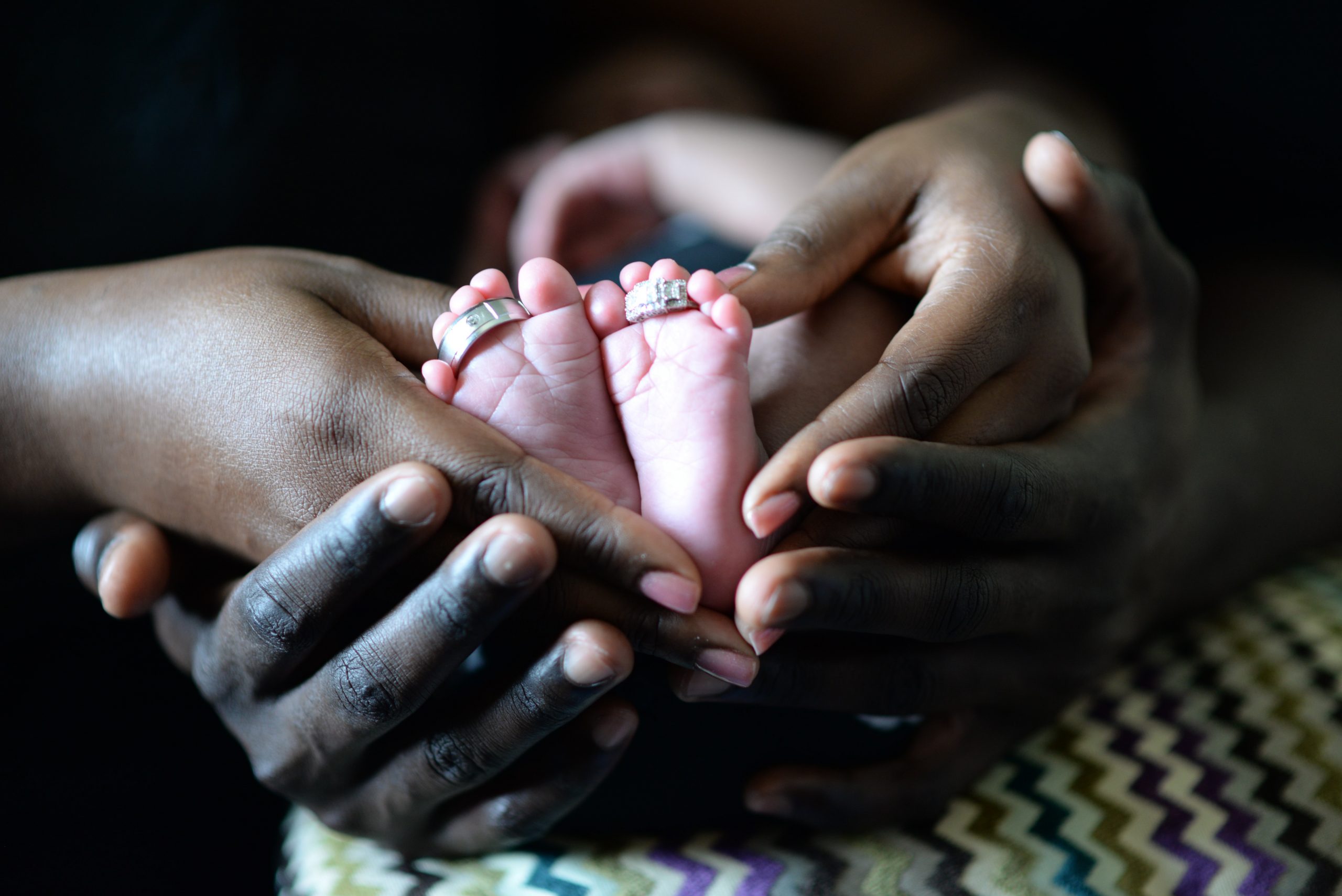As people age, the toenails and fingernails will become more brittle, and pregnancy can also change their softness or hardness. After an injury, It is also normal for nails to fall out or change colour. Dina Gohil, at DG Podiatrist, explained how nail colour can reveal a variety of health issues ranging from everything from lack of oxygen to fungal infection.
Anaemia
Pale nails could be a sign of anaemia which is usually a sign of ageing. However, if you have black nails it may indicate you may be suffering from anaemia. Untreated fungal nails can sometimes cause black nails due to the buildup of debris. Toenails are especially vulnerable to fungal infections because they thrive in humid and warm environments. So, if you notice that you have white or yellow nails, have them checked by a podiatrist before they turn black.
The most common cause of black nails is Melanoma and it is caused by skin cells that begin to develop abnormally and exposure to ultraviolet (UV) light from the sun is thought to cause most melanomas.
Evidence has proved to suggest that some are caused by sunbed exposure.
You should immediately speak to your GP if brown or black spots start to appear under your nail bed.
Melanoma is the most common cause of black nails is and it is caused by cells in the skin that begin to grow abnormally, and exposure to ultraviolet (UV) rays from the sun are thought to be the cause of most melanomas. There is also some evidence to suggest that some are caused by sunbed exposure. it is advised that you should talk to your GP once you notice brown or black spots starting to appear under your nail bed.
Diabetes
People with type 1 diabetes should keep an eye on their feet and should have them checked as part of their annual diabetes checkup. Diabetes can reduce blood supply to the feet and cause loss of sensation known as peripheral neuropathy. This means that foot injuries don’t heal well and you may not notice if your foot is sore or injured. There are many ways your feet can show diabetes it includes, pale nails, black nails, and even yellow. But most time, your nail polish or the food you eat can be the cause of your yellow nails.
Lack of Oxygen
Lack of oxygen in the bloodstream often cause bluish nails. It is a lack of oxygen in the red blood cells that causes the skin under the nails and other parts of the body, including the feet, lips and mucous membranes, to appear blue/purple. This has several causes, including exposure to low temperatures, abnormally high haemoglobin levels, an underlying health problem such as asthma or COPD, or the body’s inability to provide enough blood. oxygen to the area.
Fungal infection
Black, yellow and white on the toenails can all be signs of yeast infection. White spots on the nails are associated with zinc deficiency or fungal infection, while untreated fungal nails can sometimes cause black toenails due to a buildup of debris. White spots are generally not enough to be worried about, but you should have them checked if they are completely white. Toenails can be particularly vulnerable to fungal infections as they thrive in hot environments and if you notice you have white or yellow nails, you should get them checked out before they turn black.
Heart disease
Your toenail health can sometimes reveal underlying conditions and one of these could be heart disease. If you have black nails, it could indicate that you are suffering from heart disease.
However, if you are able to control the underlying health condition then the blackness should go away.





